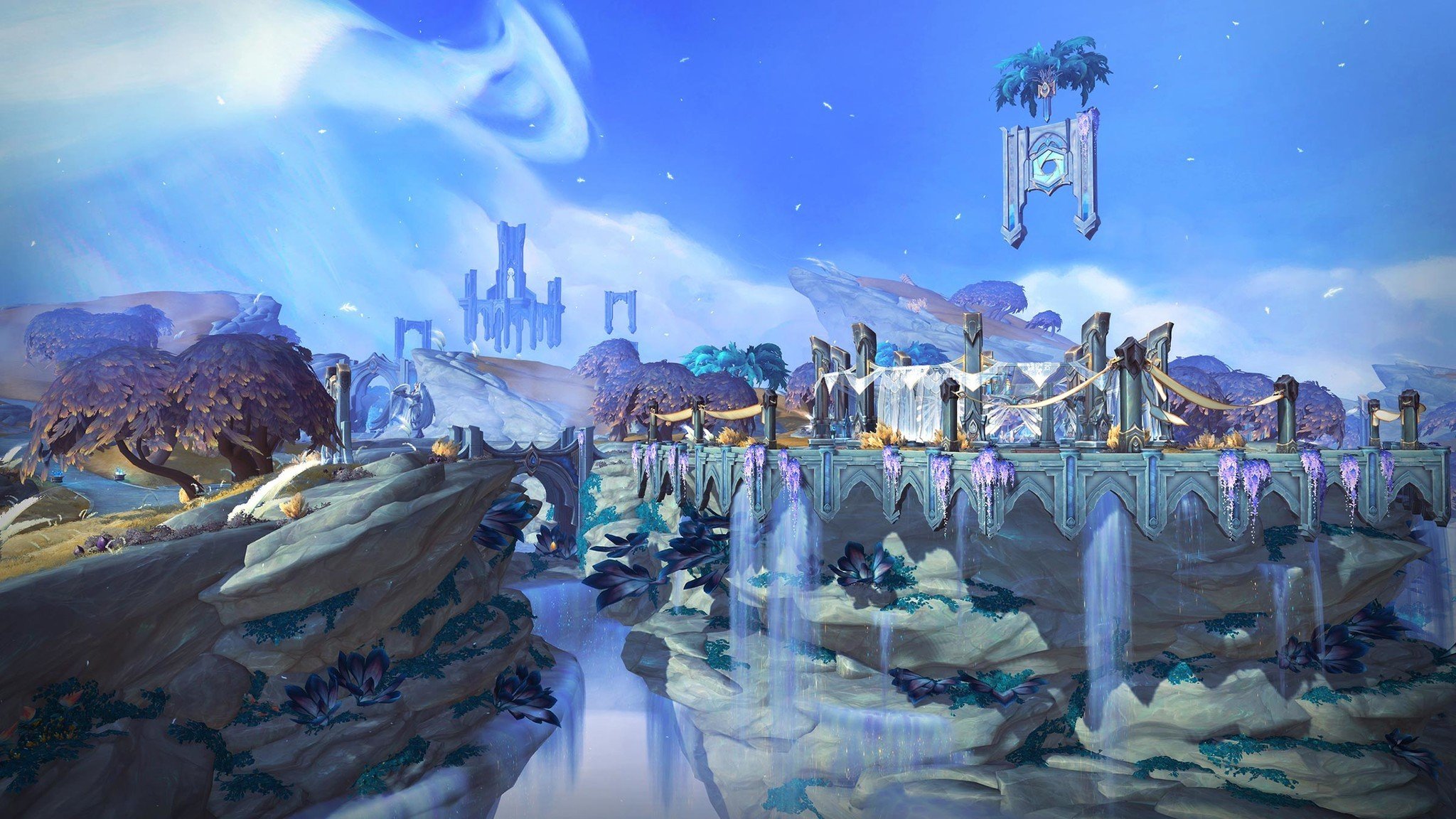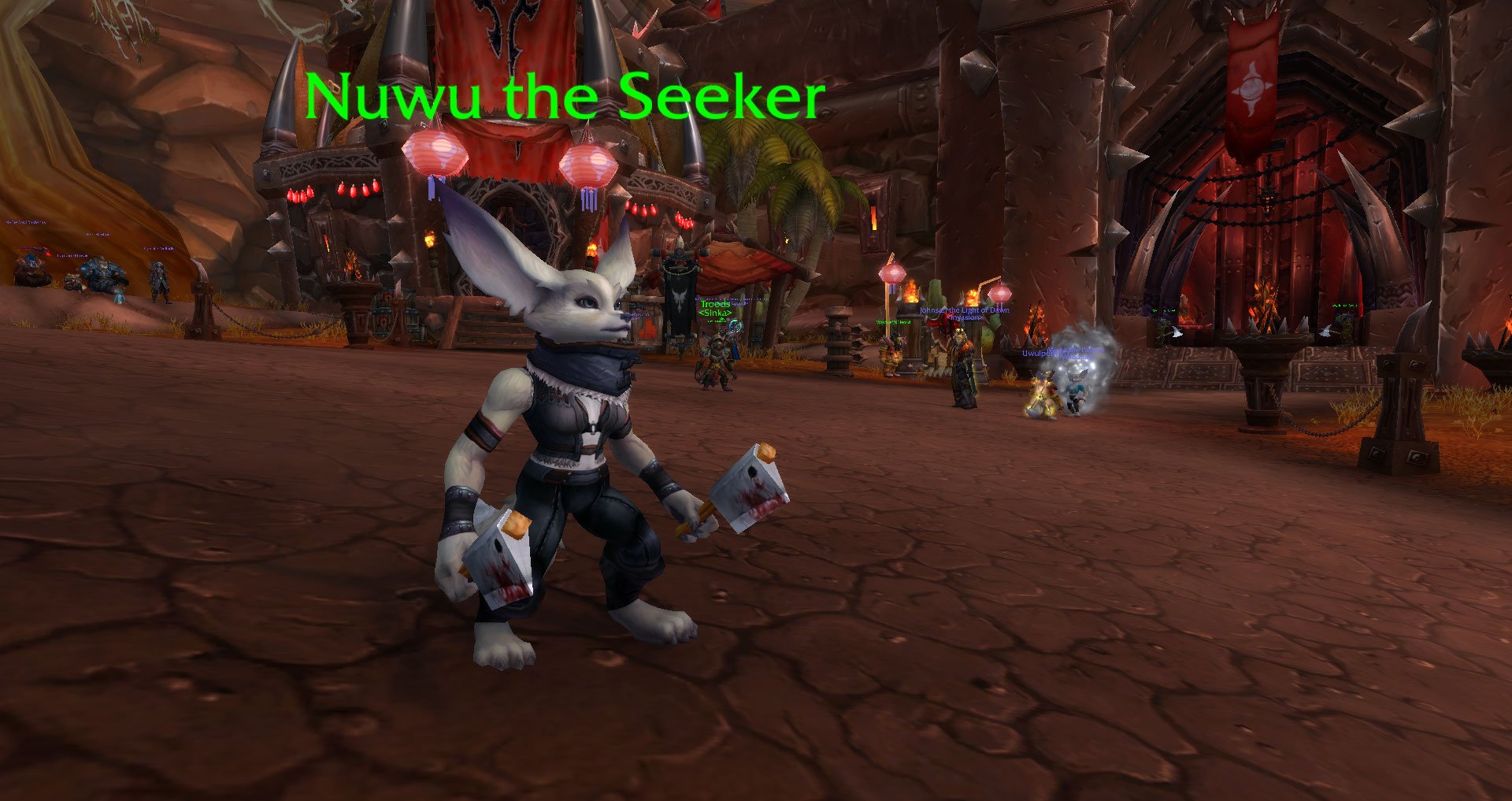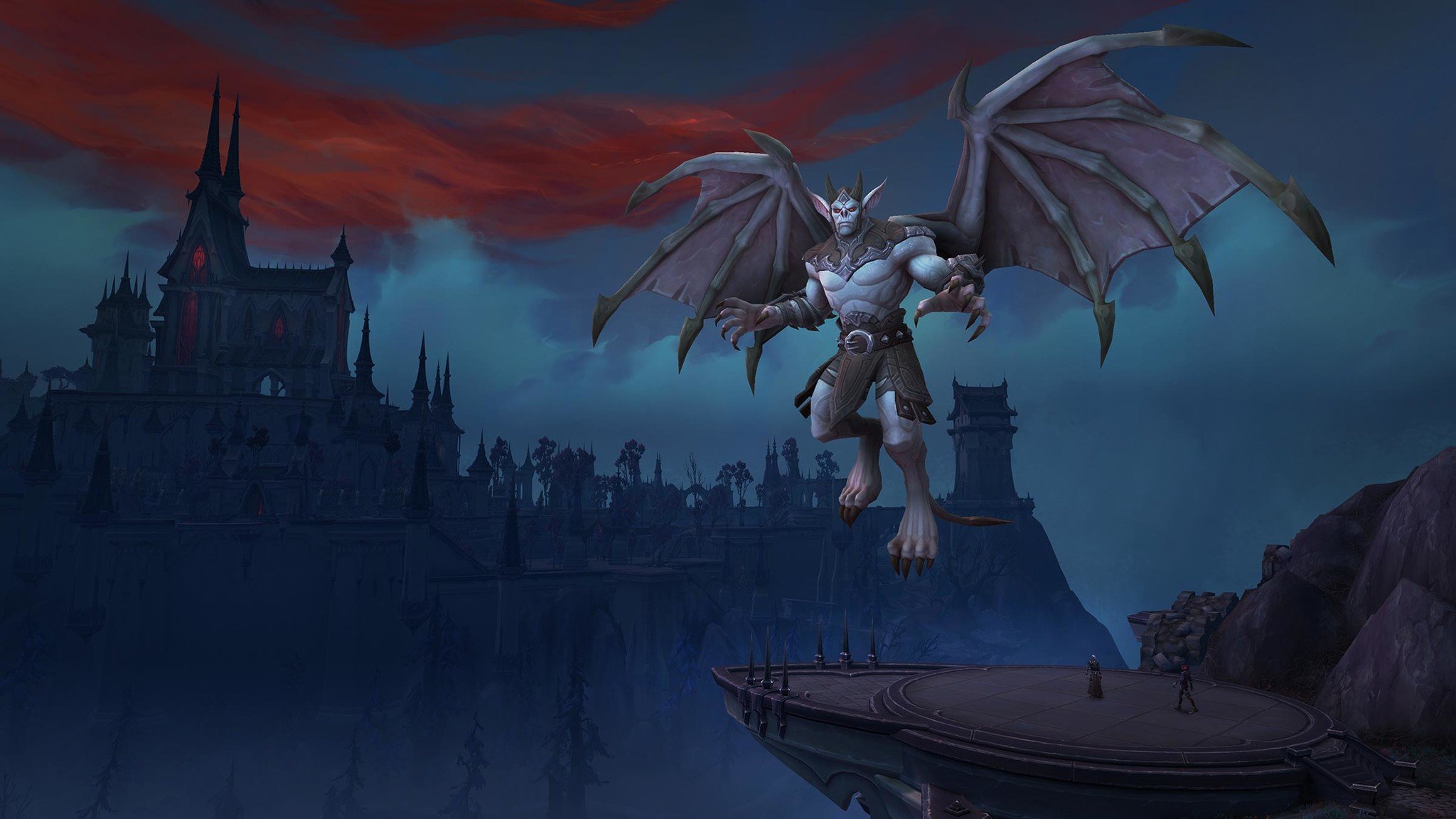Finally, huge positive changes are coming to World of Warcraft
A new hope?


What you need to know
- World of Warcraft is an MMO from Blizzard, and was once one of the most popular games in the world.
- Ahead of Microsoft's acquisition of Activision-Blizzard, WoW struggles with declining players, due to poor quality game design.
- Blizzard is finally making some positive changes to the game, banning organized in-game paid services.
- WoW will also address faction balance by allowing Horde and Alliance players to co-operate for the first time in the game's history.
Once one of the most popular games on the planet, PC MMO World of Warcraft has gradually slipped in quality and relevance over the years, with two under-baked, and relatively unpopular expansions launching back to back. After the wildly successful Legion expansion, Blizzard sought to capitalize on renewed interest in the franchise with Battle for Azeroth, which saw a range of truly huge story beats achieve virality for the aging massively multiplayer game. Sadly, though, a litany of issues with both Battle for Azeroth and the latest expansion Shadowlands drained the game of players, owing to the game's focus on work-like metric-inflating time gating mechanics, truly horrible writing, and inaction on various community-level issues that created a chilling effect across the whole game.
Weak game design over the summer triggered a mass exodus to competing MMO Final Fantasy XIV, which is enjoying such a huge surge in popularity, that they had to halt sales of the game to protect server integrity. By contrast, Blizzard's WoW servers are barren and imbalanced, with the player exodus creating further in-game issues such as long queues, and degraded community interactions. Yet still, there is some hope.
Last week, Microsoft announced its mega-blockbuster acquisition of WoW parent company Activision-Blizzard for over $70 billion dollars, which has given the community a glimmer of hope for a future with game design led by fun, shielded from Activision's quarterly shareholder reports. The deal won't close for several months, but there are already signs that under newly-appointed Blizzard head Mike Ybarra, positive changes are already coming to WoW.
First, Blizzard announced that it is finally banning organized in-game paid services and their advertisements. WoW has been plagued for years by teams of players selling in-game services, ranging from dungeon boosting to PvP cheating. This allows played with more money to effectively "pay to win," by trading real money for in-game gold, and then circumventing the need to actually play the game to achieve the gear curve. Furthermore, WoW's chat channels became a plague of spam from these "services," which made it impossible to simply communicate with the rest of the community. Blizzard was biased against repairing these systems in the short term, since they encouraged gold buying and thus increased revenue. The long-term impact has been devastating to the game, casting a negative effect on the gear curve and the community in general.
Blizzard is also addressing another major issue with the game's structure. At the height of WoW's popularity, the game's dual-faction design philosophy occasionally presented server balance issues, where Alliance players would outnumber Horde players and vice versa, but there were so many players that it rarely became too much of a problem.

In 2022, however, with many players fleeing the game en masse, it's almost impossible to find a decent community without playing a specific faction, as players opt to switch factions to whichever community is larger. This has led to servers with 9:1 faction imbalance ratios, which is also odd for new players, who may sign into a server only to find there's literally nobody to play with. In patch 9.2.5, Blizzard is taking the first step towards addressing this.
Announced on Battle.net, Horde and Alliance players will be able to co-operate and play together for the first time. Players will be able to invite opposing faction characters from their friends list, inviting them to PvP, dungeons, or raids, as though they were a member of the same faction. Blizzard noted that the game's aging engine was hard-coded with the philosophy of the Horde vs. Alliance dichotomy, and that resolving that fully will take some time. Still, this is the first step to addressing faction imbalance, which also gives players the opportunity to play on the faction of their choice, rather than feeling like they have to play a specific faction simply because their friends or servers are imbalanced. There's probably a future where the barriers between Horde and Alliance fall completely, as the war between them ends.
Get the Windows Central Newsletter
All the latest news, reviews, and guides for Windows and Xbox diehards.
Related: I am optimistic for Blizzard's future for the first time in a decade
Some of WoW's other issues, like content drought, character progression that revolves around work-like weekly rewards, and messy story delivery may take longer to fix. But these steps seem designed to improve the general health of the game. Should lapse players return to World of Warcraft in 2022? Probably not. I am looking forward to the day I can change that recommendation, though, and under new leadership, perhaps there is hope for the game after all.

Jez Corden is the Executive Editor at Windows Central, focusing primarily on all things Xbox and gaming. Jez is known for breaking exclusive news and analysis as relates to the Microsoft ecosystem while being powered by tea. Follow on Twitter (X) and Threads, and listen to his XB2 Podcast, all about, you guessed it, Xbox!
